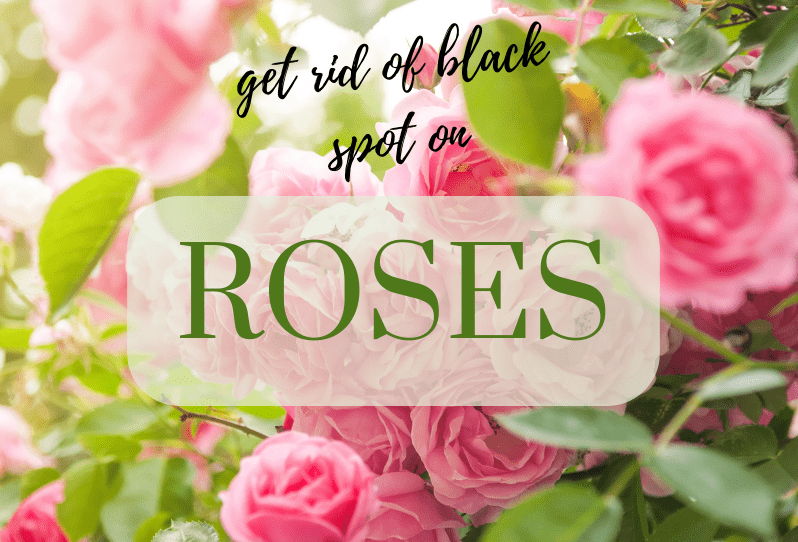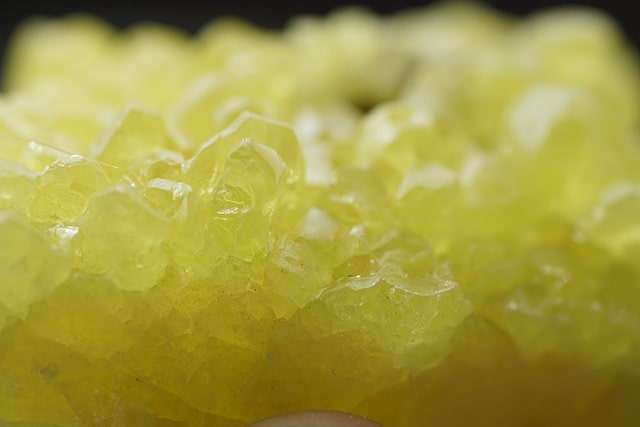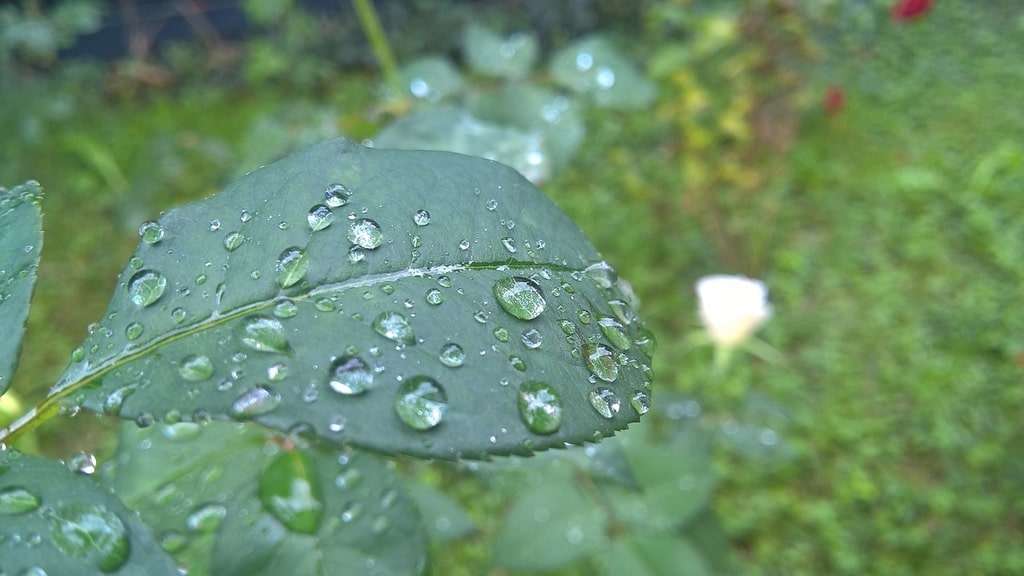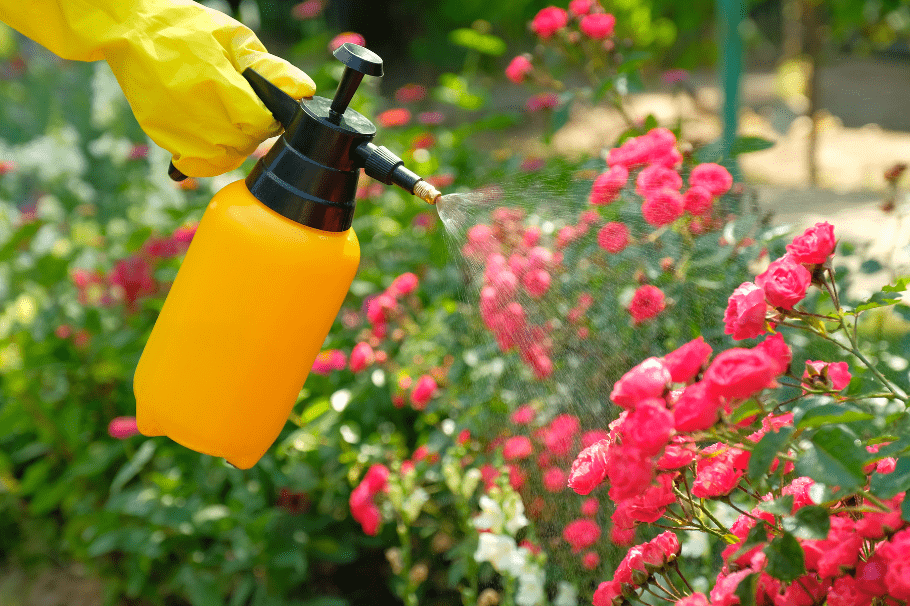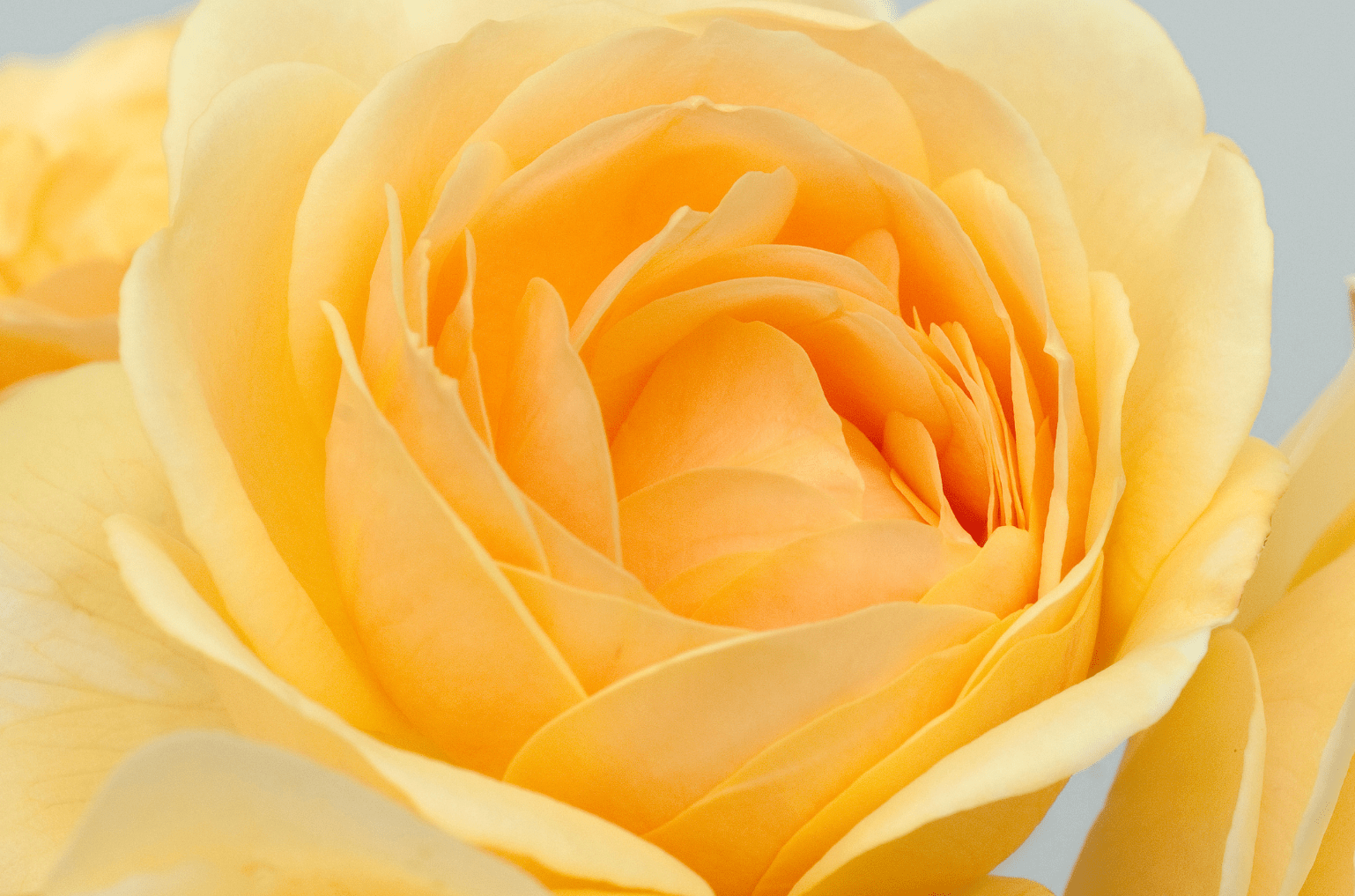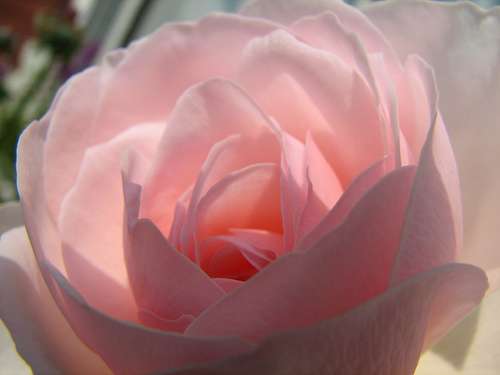This post may contain affiliate links. As an Amazon Associate we earn from qualifying purchases.
What to do when your prized rose bush breaks out in spots? Read on to learn about black spot on roses and how to treat them.
Although roses require lots of attention if you want to grow show-quality flowers, they are otherwise almost carefree. To keep them looking their best, prune them, supply them with water and fertilizer, and treat them for the many pests and diseases they attract.
Speaking of which, powdery mildew, rust and botrytis are common fungal diseases of the rose that, with good cultural practices, can be prevented. Black spot, however, requires a more aggressive approach.
What Causes Black Spot on Roses?
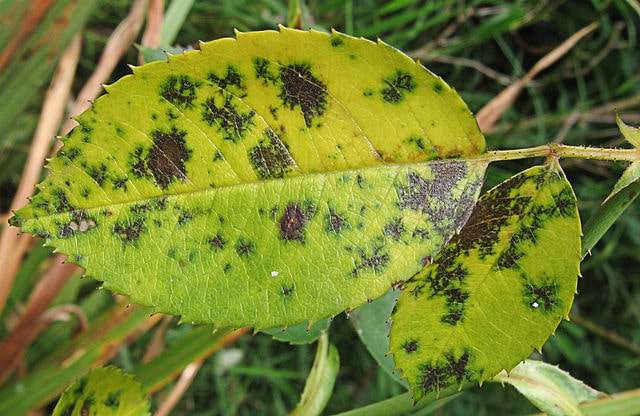 Black spot on roses is the name of a fungal rose disease caused by Diplocarpon rosae. Thankfully, roses can live with the disease but the loss of foliage associated with it may cause its demise by extreme defoliation or by weakening the plant and leaving it vulnerable to other problems.
Black spot on roses is the name of a fungal rose disease caused by Diplocarpon rosae. Thankfully, roses can live with the disease but the loss of foliage associated with it may cause its demise by extreme defoliation or by weakening the plant and leaving it vulnerable to other problems.
The pathogen overwinters in leaf piles and already-infected rose canes. They wait for spring to roll around to germinate. They are then spread by wind, insects, rain and irrigation water that splatters the soil onto the rose bush.
Like many fungal pathogens, D. rosae thrives when the weather is cool (64 degrees Fahrenheit) and damp. It can still infect, however with temperatures up to 81 degrees.
If you feel that your roses are susceptible to black spot, it’s important to keep an eye on them, especially if weather conditions are damp, to check for symptoms.
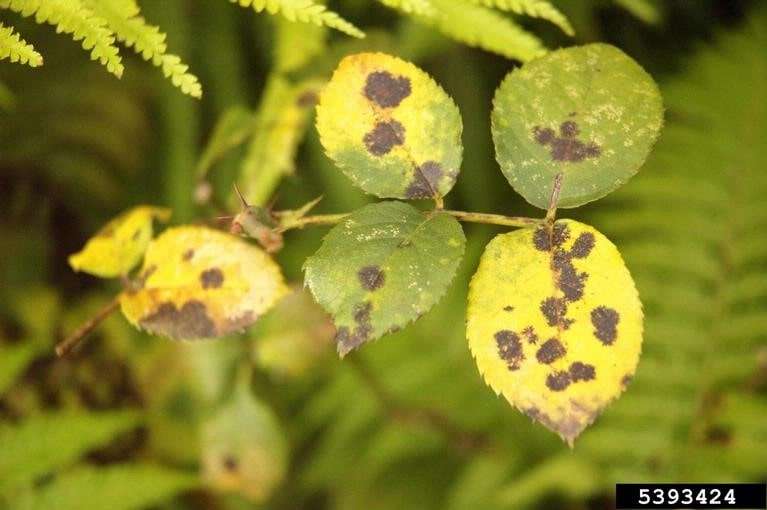 Common Symptoms of Black Spot on Roses
Common Symptoms of Black Spot on Roses
Check the lower leaves of the rose bush first as these are typically the first to be infected.
True to its name, the first noticeable symptoms of the disease are black spots on the top of the leaves. Look closely to see if the spots have ragged edges.
As the disease progresses, the areas of the leaf around the black spots will turn yellow. Sometimes the leaves will drop from the plant, sometimes they won’t.
You may also see black lesions on new wood. Appearing first as purple blotches they later turn black.
It’s time to break out the sulfur fungicide for roses.
What is Sulfur Fungicide?
Sulfur fungicide is a fungicide that contains sulfur.
OK, that was way too easy.
Sulfur is “… best known to Man as his oldest pesticide,” according to Richard M. Cooper and Jane S. Williams in the Journal of Experimental Botany. We’re guessing that it is also best known to Women as her oldest pesticide as well, in case you were wondering.
Sulfur was introduced for plant disease control in 1802 and “… by the early 20th century, it was the most important fungicide …,” according to Cooper and Williams.
Today, scientists know that sulfur kills fungi on contact, but they aren’t sure of the precise way that it does so.
What matters for rose growers is that it helps control black spot on their roses.
Keep in mind that fungicides don’t cure fungal diseases but help prevent infections from spreading.
Fungicide should be just one part of an integrated approach to disease control.
What are the Other Parts of the Integrated Approach?
Let’s start with the cultural and organic strategies when it comes to black spot of roses.
Keep the foliage dry
Fungal spores require a moist surface to germinate. Therefore, it’s crucial to keep the foliage dry. Avoid using overhead watering methods, but if necessary, water your plants early in the day to allow ample time for the foliage to dry before nightfall.
Furthermore, strategically prune the interior of your roses to enhance air circulation which will, in turn, help foliage dry off quicker.
Eliminate Unhealthy Leaves
As soon as you observe signs of disease on the leaves, remove and dispose of them. Additionally, gather and dispose of any fallen leaves on the ground.
To prevent the fungus from overwintering, make sure to collect all ground-level leaves during the autumn season, apply a 2–3 inch layer of leaf mold or fine bark as mulch, and trim any infected canes before the onset of spring growth.
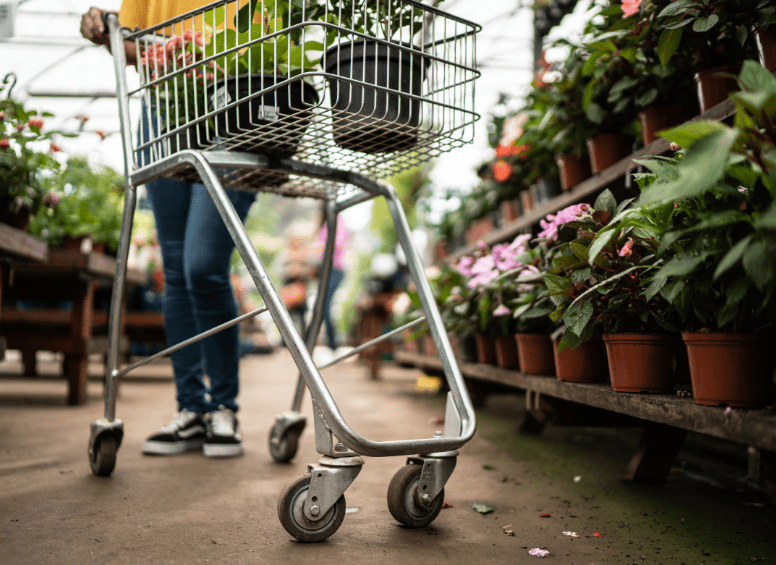 Notes when Shopping for New Roses
Notes when Shopping for New Roses
Avoid highly susceptible cultivars, including most yellow and copper-colored roses. Hybrid tea roses also seem to be a favorite of the black spot pathogen.
While no rose is immune to black spot, some are more resistant than others. Own-root roses, for instance (these are roses that aren’t grafted onto rootstock) show higher resistance to the disease than grafted roses.
Roses reported to be highly resistant are:

Find a Better Site for Your Roses
Mitigate the risk of disease by cultivating roses in areas that receive morning sunlight or, ideally, sunlight throughout the day. Sunny conditions help control moisture problems.
Finally, consider the use of fungicides for roses, such as sulfur. There are, of course, other pesticides to consider. The most commonly used in the home garden include: such as:
- chlorothalonil
- mancozeb
- thiophanate methyl
- captan
- copper octanoate (copper soap)
Should you choose any of these in lieu of sulfur fungicides for roses, check the label to ensure it helps control black spot on roses.
How to Use Fungicides for Black Spot on Roses
The time to apply the sulfur fungicide is when you first notice symptoms. It can also be applied to the rose while it’s still dormant, in the spring, before bud-break and when temperatures are 75 degrees Fahrenheit or cooler.
The experts highly recommend that you mix the sulfur powder with water instead of using the powder alone. The product’s label will tell you the ratio of sulfur to water that you’ll need. Do not add oil to the sulfur solution.
The growing season application is a bit more involved than when the rose is sprayed while dormant. To avoid burning the leaves, spray in the early morning or early evening. Ensure that all parts of the plant are covered with the spray.
Repeat the application every 15 days, or according to label instructions. You’ll want to reapply after it rains.
Sulfur is harmful to the eyes, if inhaled, ingested or if it gets on the skin. Please read the product’s label before applying the sulfur and wear protective eyewear and clothing.
Mention of a pesticide or fungicide is for educational purposes only. Always follow the pesticide label directions and cautions. Ensure that you wait the required number of days between pesticide application and when you can harvest your crop (that information is on the label).
Learn How to Repot Roses
Resources
